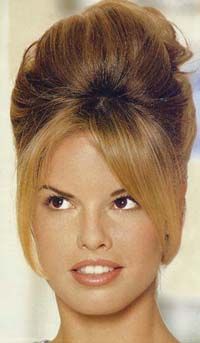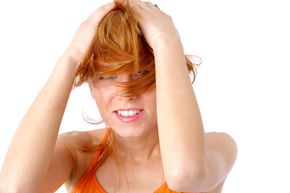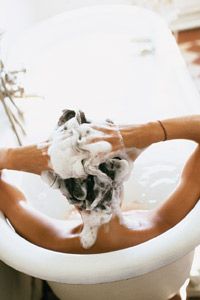Chemistry has everything to do with whether your hair is straight or curly; blond, red, or brown; easily shaped into your favorite style; or a difficult-to-manage unruly mop. In fact, a chemist probably can provide as much—if not more—insight as your hair stylist on what makes the difference between a bad hair day and a good hair day.
Given the time and money most of us lavish upon our crowning glory, it's hard to believe that hair is merely dead skin. As skin cells in a cell layer known as the hair matrix die, they produce a tough protein called keratin. The pressure of new cells packs the dead cells and keratin together and pushes them to the surface of the scalp, where they emerge as strands of hair.
Advertisement
The average human head has between 100,000 and 150,000 strands of hair. From a chemist's viewpoint, that hair is virtually the same as bird feathers, horse hooves, cat claws, sheep's wool, and even snake scales—all of which are made primarily of keratin. Like all proteins, keratin is constructed from building blocks called amino acids. Much of keratin's strength is attributed to its high content of the amino acid cystine, which has particularly strong chemical bonds between sulfur atoms.


